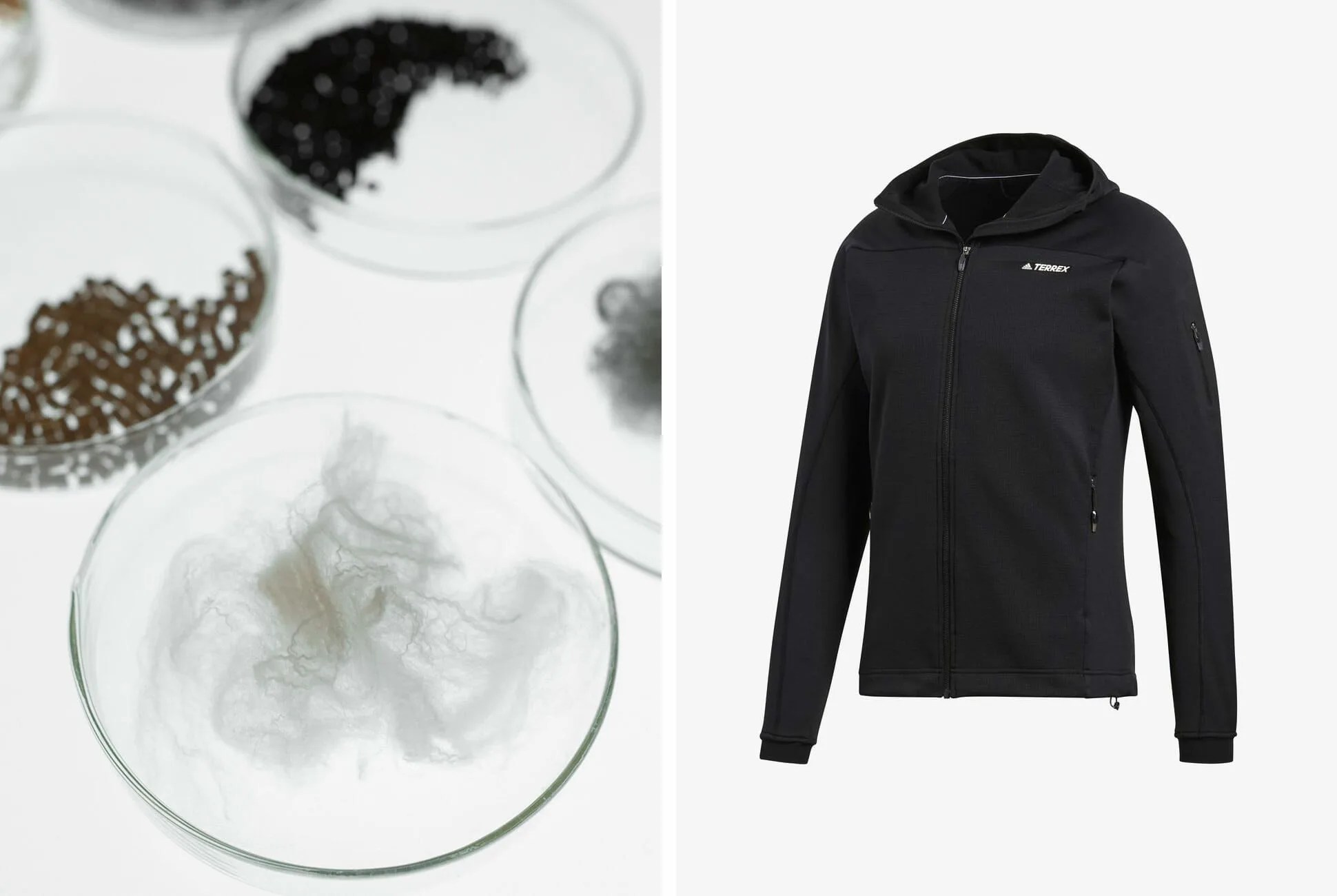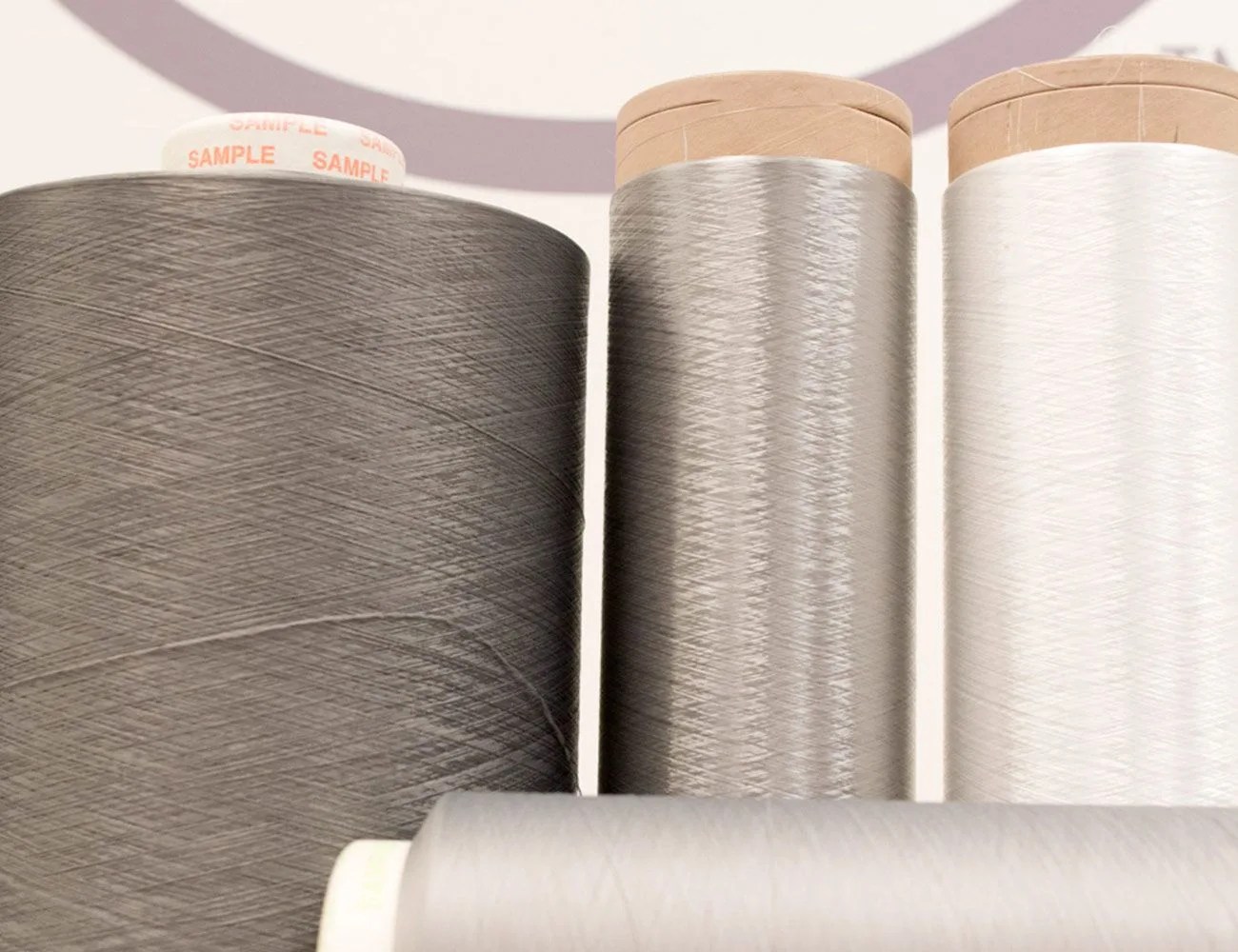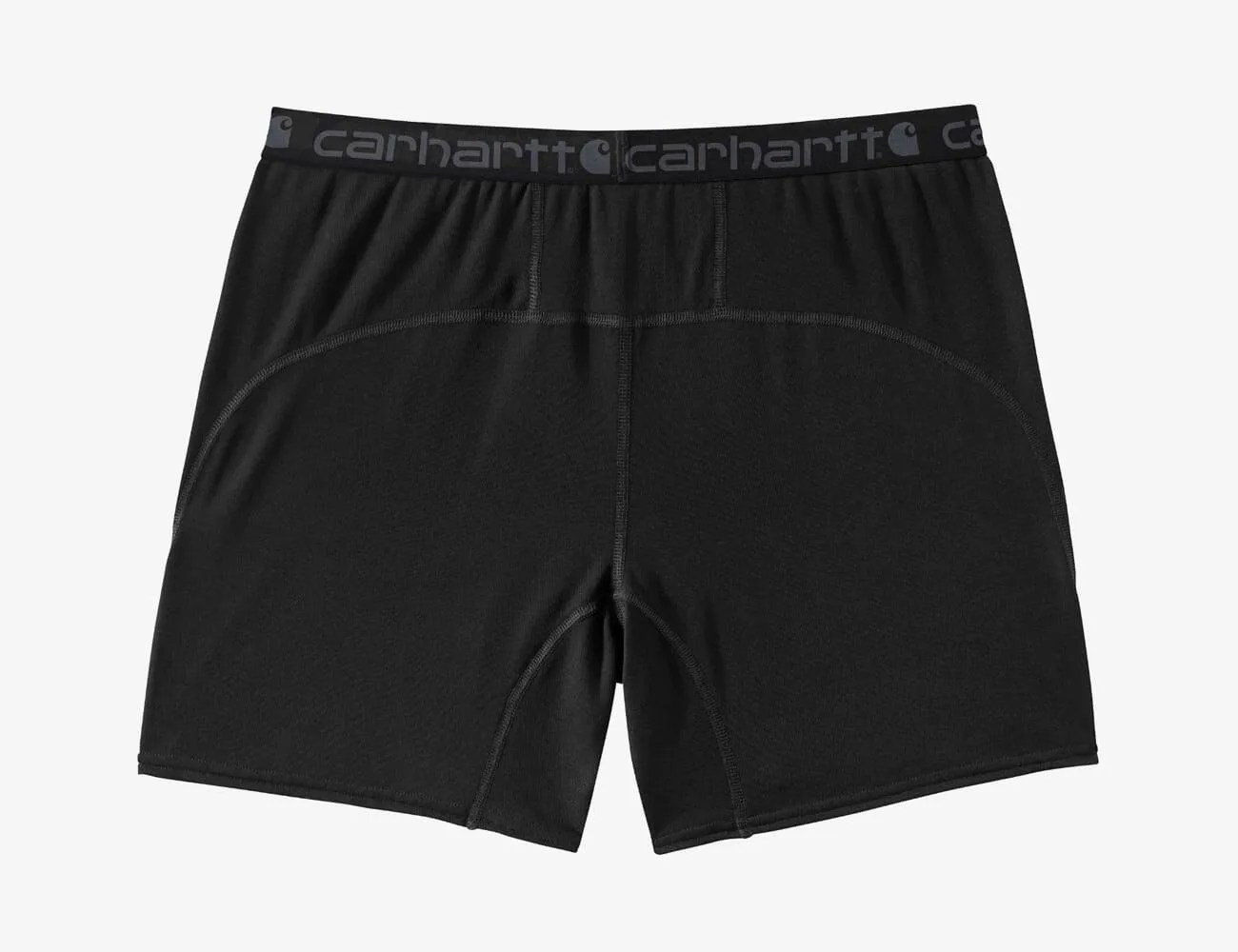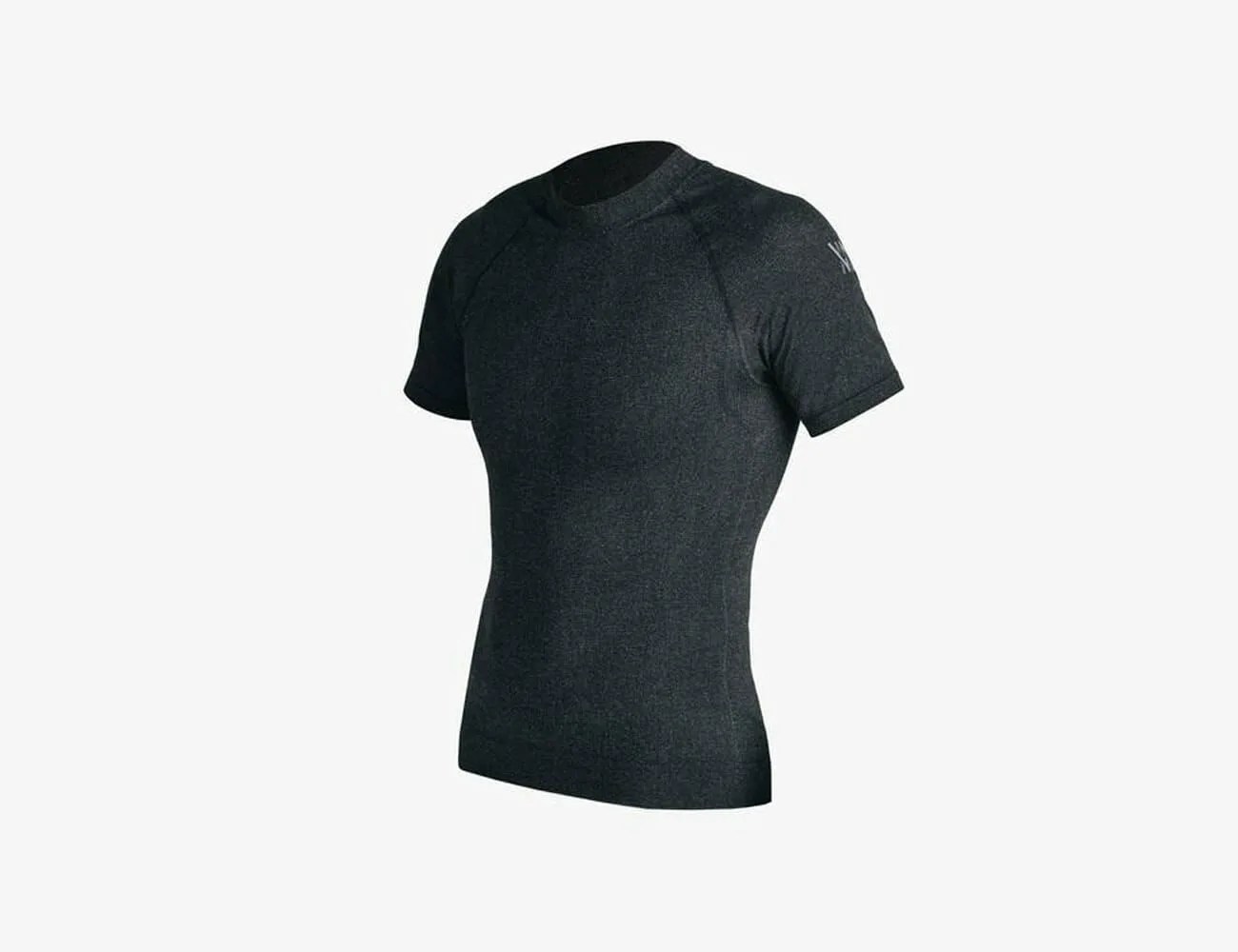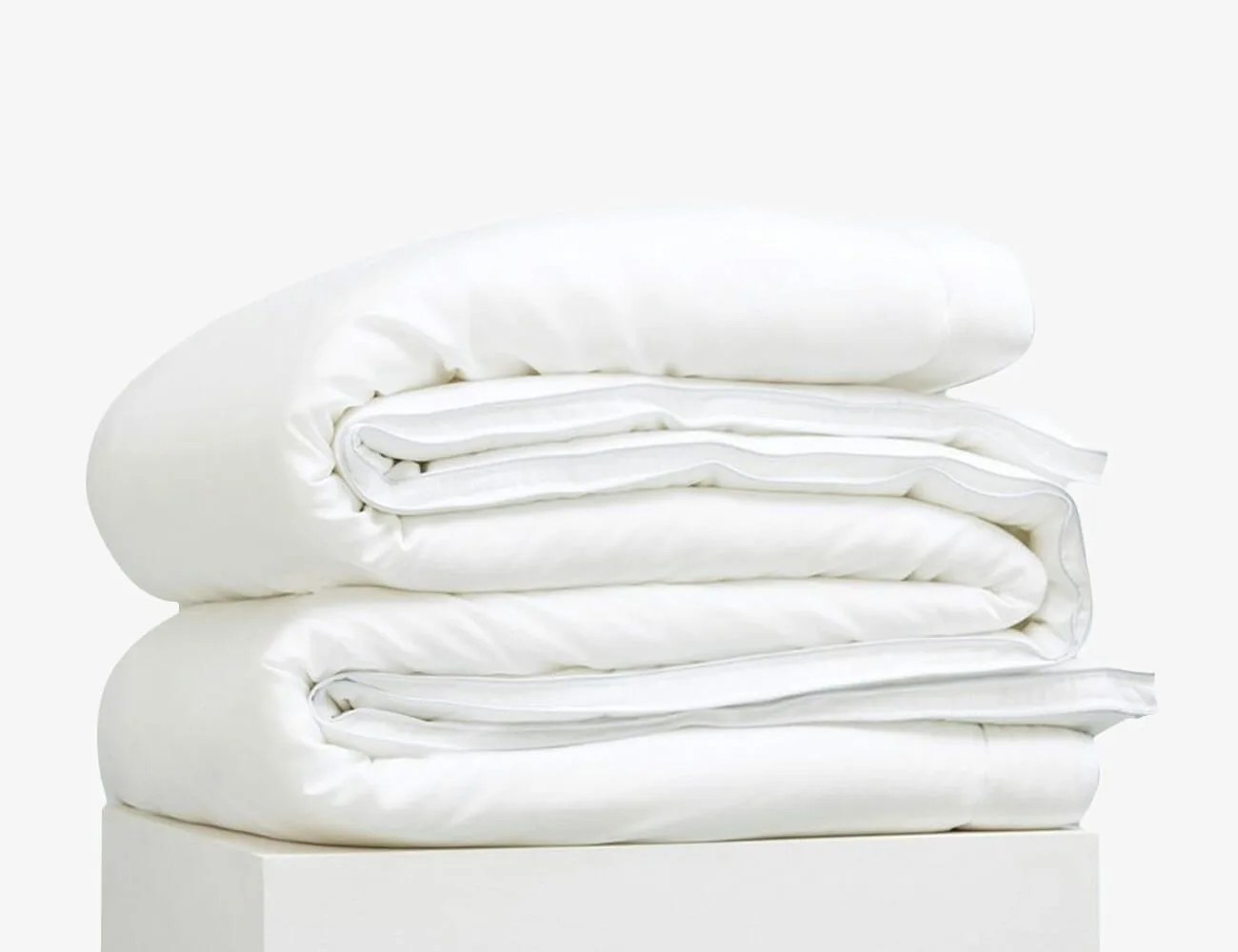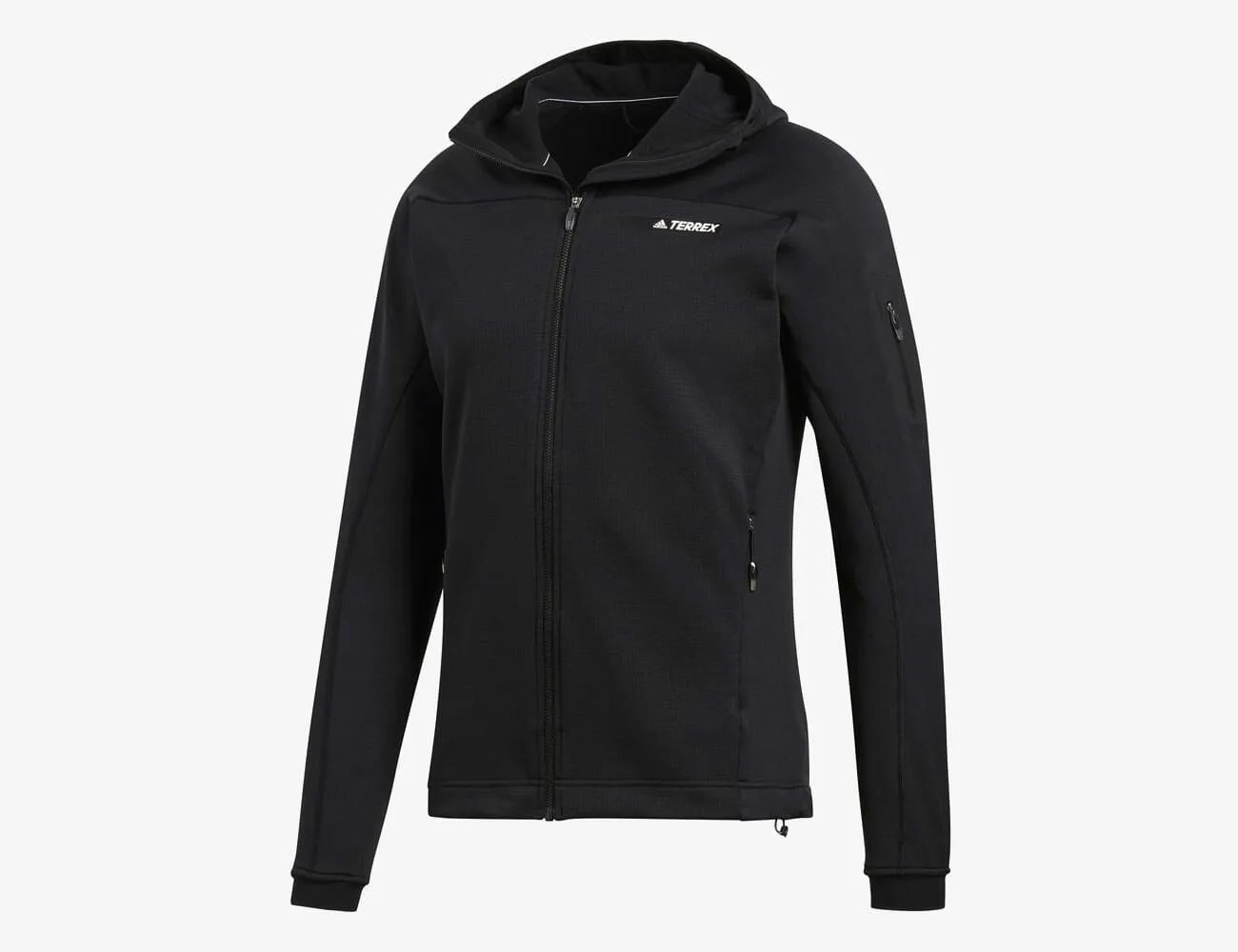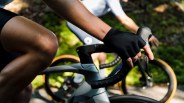If you’re looking to make improvements in your athletic performance, you should start with the proper gear. When you’re pushing your body to its limit, it’s best to eliminate as many distractions as possible, so all that’s left to focus on is your training. This means eliminating itchy tags, loose fabrics and non-sweat-wicking materials. Most sweat-wicking t-shirts make sure the sweat wicks from the shirt, but not necessarily from your body, so eventually you heat up regardless of what your shirt is wicking away. A material known as 37.5 aims to eliminate those complaints.
What is 37.5? It’s a dynamic thermoregulation technology that is woven into fabric designed to keep the humidity around your skin at a minimum, so it wicks the sweat off your body before the sweat has time to turn into liquid. Brands like Adidas Outdoor, Trek, Scarpa, Salomon, Mission Athlete, Rab, Goldwin and about 165 others already buy the fabric and incorporate it into their lines. The technology can help improve performance and sleep simply by decreasing moisture on your skin before it turns to sweat, thereby stabilizing your body temperature. But how does it work?
In 1992, Dr. Greg Haggquist, a Ph.D. photo-physical chemist, took a trip to Japan while he was researching for his post-doctoral fellowship. While visiting, he discovered the beauty of a hot volcanic sand bath at Mount Aso and the power it holds to help detoxify your body (similar to a thermal bath or sauna). Mount Aso is a hot spring-like area, but instead of water, there’s hot volcanic sand all over the ground; attendants help dig human-sized holes and tourists strip down and hop in to be buried up to their necks, akin to getting wrapped in a mud mask at a spa, or stepping into a steaming hot bathtub. It’s supposed to be extremely relaxing and help you sweat out toxins, but imagine being told all of that in another language that you’re not quite fluent in. Dr. Haggquist tried to understand the women’s Japanese as she tried to understand his English — it ended in Haggquist getting buried. It’s quite the sight, but Dr. Haggquist was alarmed at how hot the sand was and remembers thinking, “I’m going to jump up in the first minute or two because I’m going to overheat.” Exactly the opposite occurred — after lying buried in the hot sand for an hour, Dr. Haggquist realized he had to figure out what was going on and why he wasn’t clawing his escape from the pit of burning sand to try and cool off. It was in that moment that he unknowingly took the first step towards a miracle fabric.
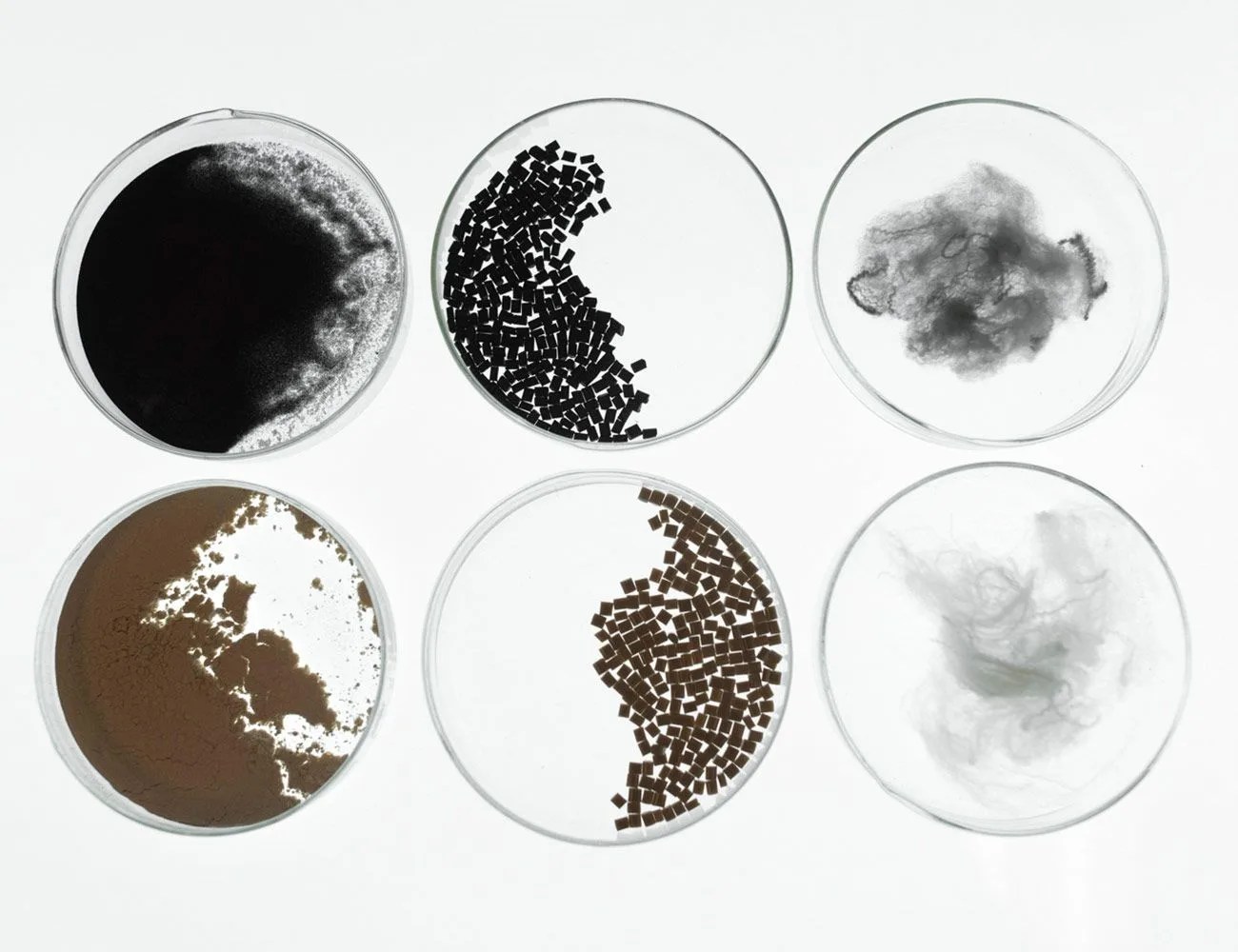
The trick lies in the properties of the volcanic sand. While you’re sitting there sweating buckets, the sand “sucks up perspiration before it becomes liquid,” or more simply, before it turns into sweat. The sand sucks up the surrounding humidity around your skin, which allows your body to continuously cool itself. It was a relatively simple concept, and Dr. Haggquist decided to attempt to turn it into a fabric that can be worn during both exercise (and daily life). In theory, with the new fabric the body could be in a constant state of cooling.
But you can’t just put volcanic sand in a t-shirt and call it a day. “How am I going to dry out the environment above your skin?” Dr. Haggquist wondered. He needed a desiccant, something that sucks up water, “like those bags that say ‘do not eat’ that they put inside electronics,” he says. But he also needed energy. “The human body releases light, we just can’t see it because it’s infrared,” he says. “The light is constantly released and lost in the environment around us, but I know the wavelength: eight to 15 microns. So what I needed was a semi-desiccant material that absorbs that exact amount of light. Once I did that, and put it on the body, magic happened.” And thus 37.5 was born.
“My motto is ‘keep your jacket on.’ It’s working in the jacket to pull the humidity off of you and that’s going to keep you comfortable so when you’re wearing a sports coat or jacket, you can continue to wear it and you’re not going to overheat,” Dr. Haggquist added. “Once you start to overheat, you create humidity and that humidity comes off your body and is sucked into the fabric. So it’s going to keep you warm or cool, depending on what you need.”
